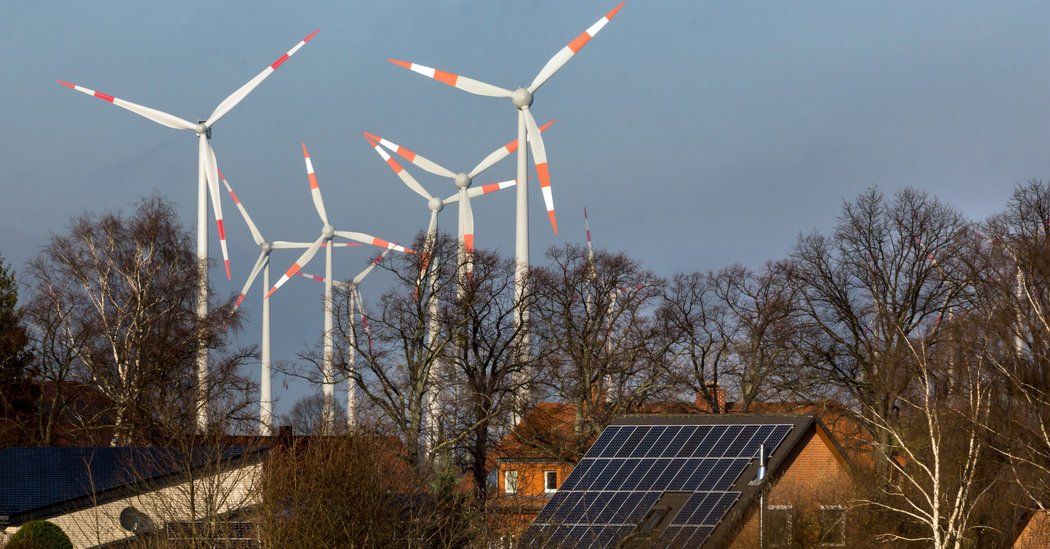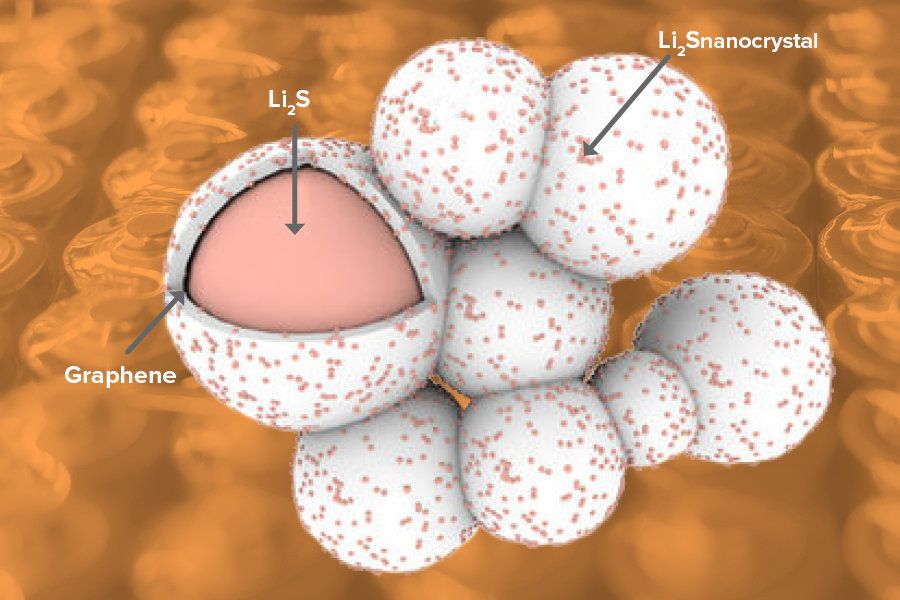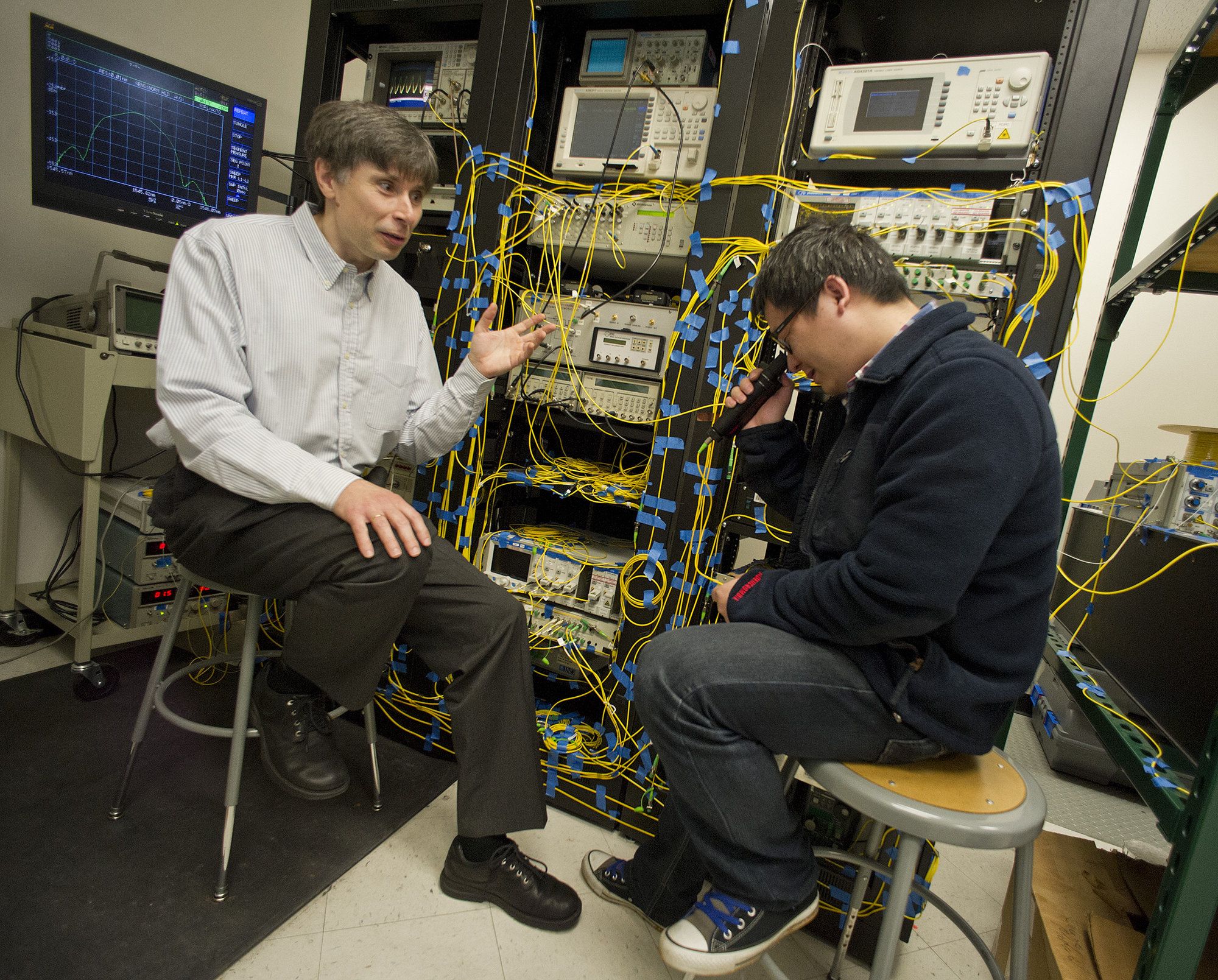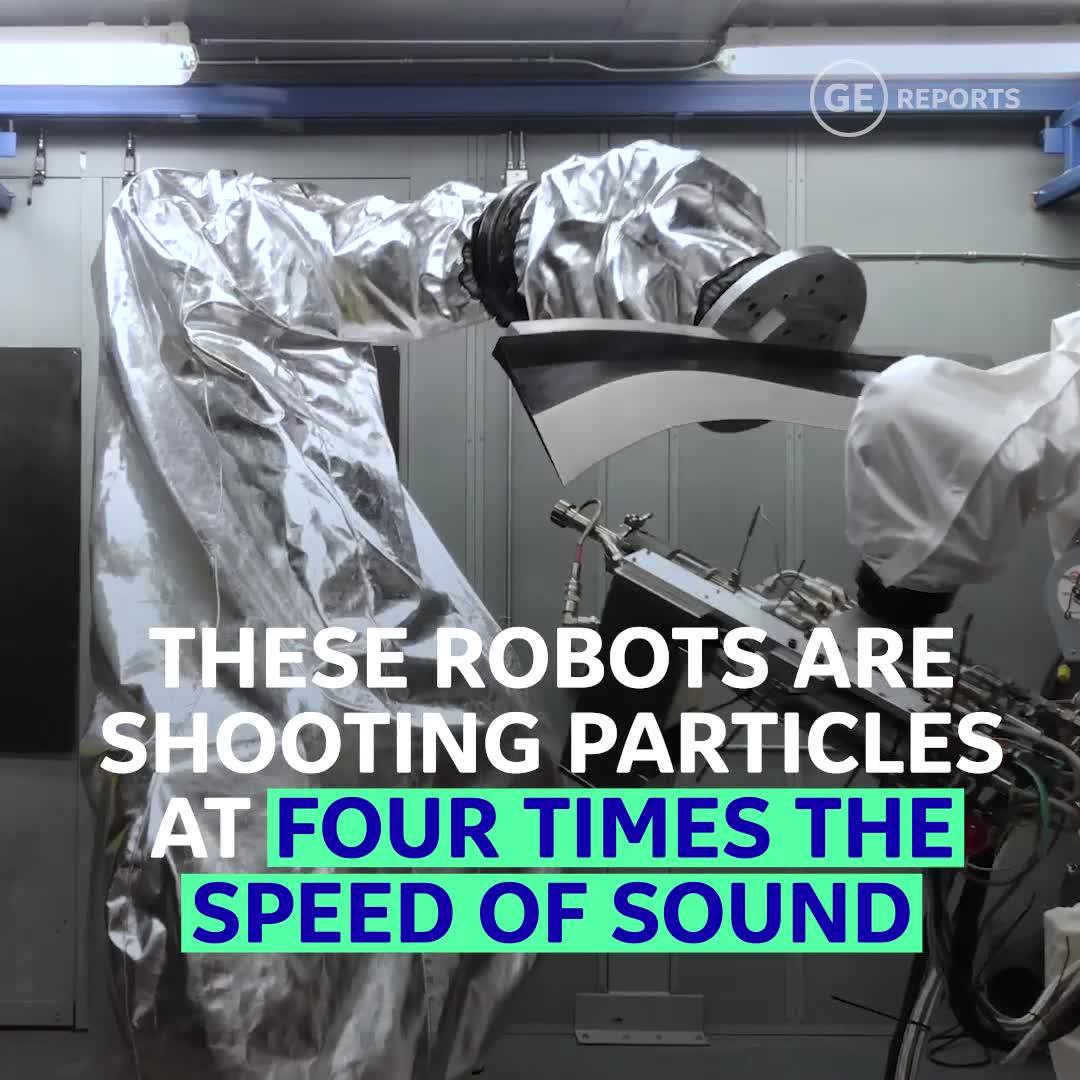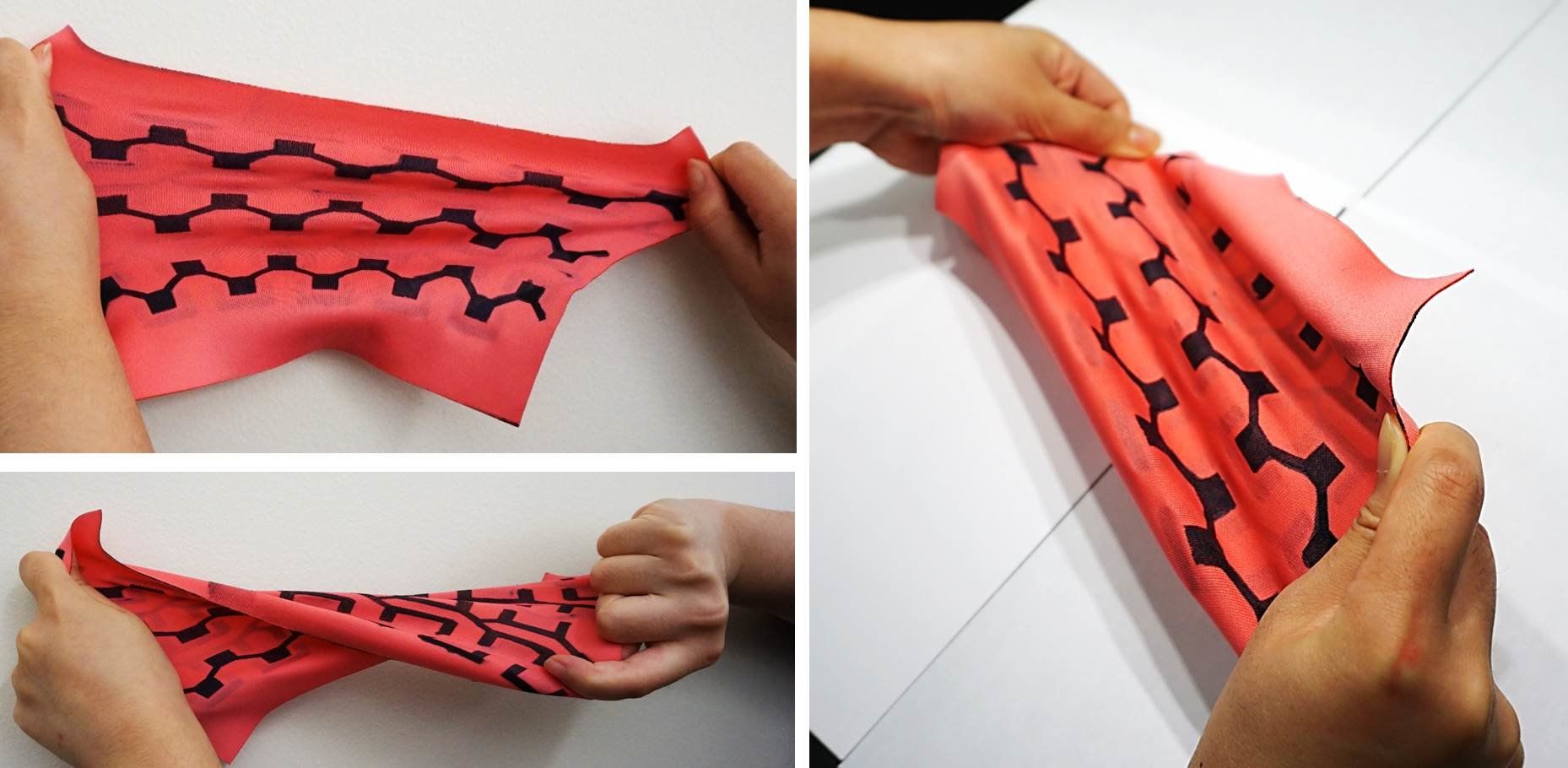Dec 28, 2017
Record-breaking hybrid drone stays aloft for over four hours
Posted by Genevieve Klien in categories: drones, energy
Drone technology is getting better all the time, and one area folks are putting a lot of energy into is boosting the amount of time the things can stay in the air. Drone manufacturer Quaternium is claiming a new milestone in this field, after flying its HYBRiX.20 fuel-electric quadcopter for four hours and forty minutes in what it describes as a world record flight for a self-powered multicopter.
Most multicopter drones you can buy off the shelf boast flight times of 25 to 30 minutes, though we have seen custom-built multicopters fly for far longer. Last year, for example, a commercial drone operator used a bespoke quadcopter to cross the English channel in a 72-minute jaunt, while others such as dronemaker Skyfront have previously claimed endurance records well in excess of four hours.

